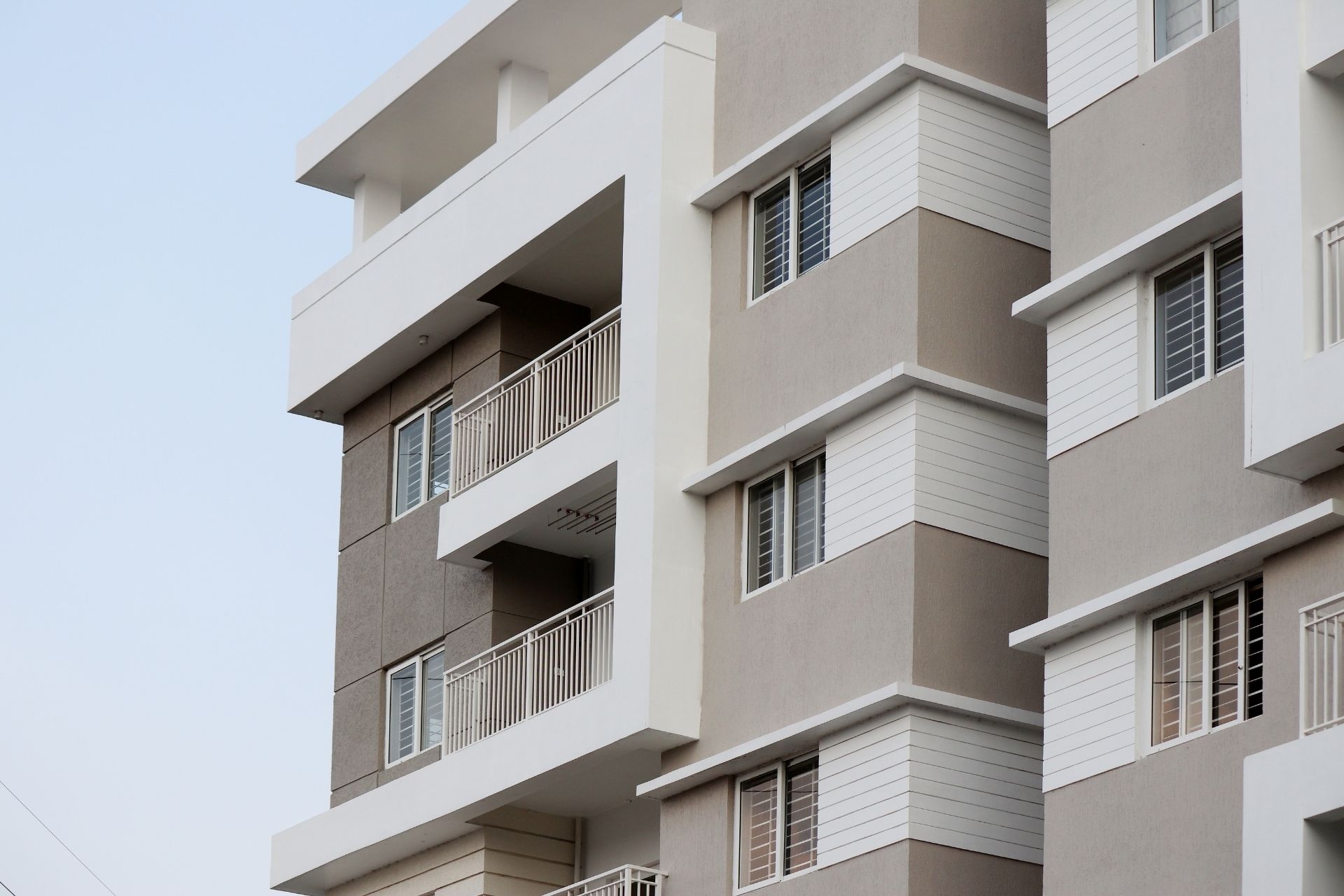Polarization Mode Dispersion (PMD)
What is the relationship between birefringence and Polarization Mode Dispersion (PMD)?
Birefringence and Polarization Mode Dispersion (PMD) are closely related in the context of optical fibers. Birefringence refers to the property of a material to have two different refractive indices for light polarized in different directions. PMD, on the other hand, is the phenomenon where the different polarization modes of light travel at different speeds through an optical fiber, leading to a spread in arrival times at the receiver. Birefringence in the fiber can exacerbate PMD by causing additional delays between the polarization modes, thus impacting the overall transmission quality.



